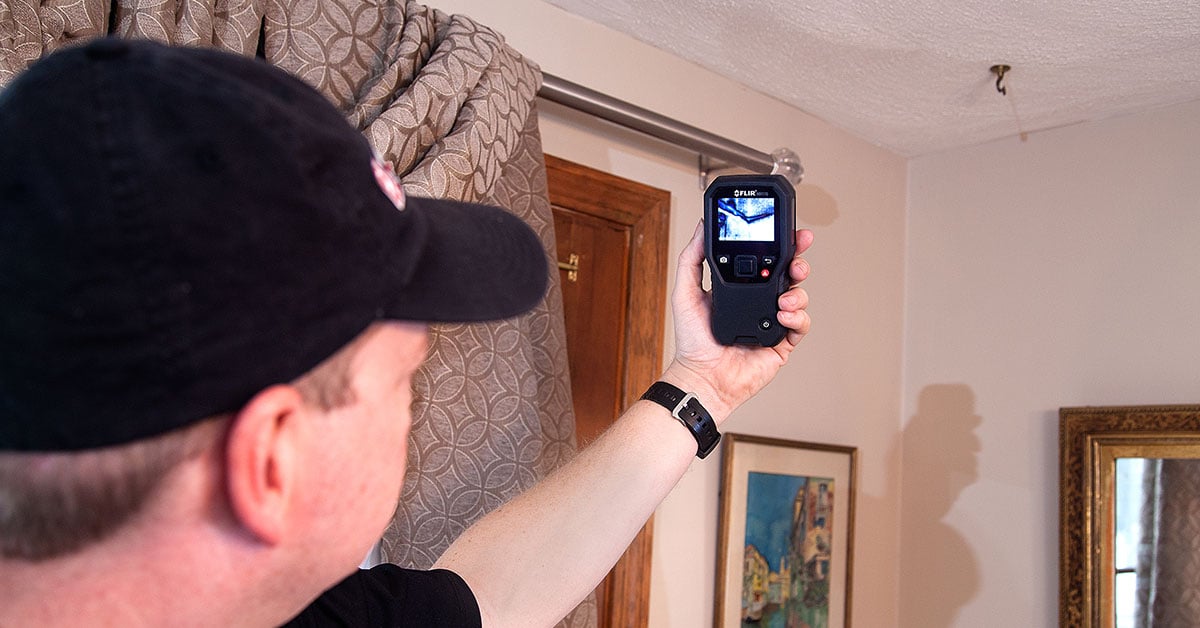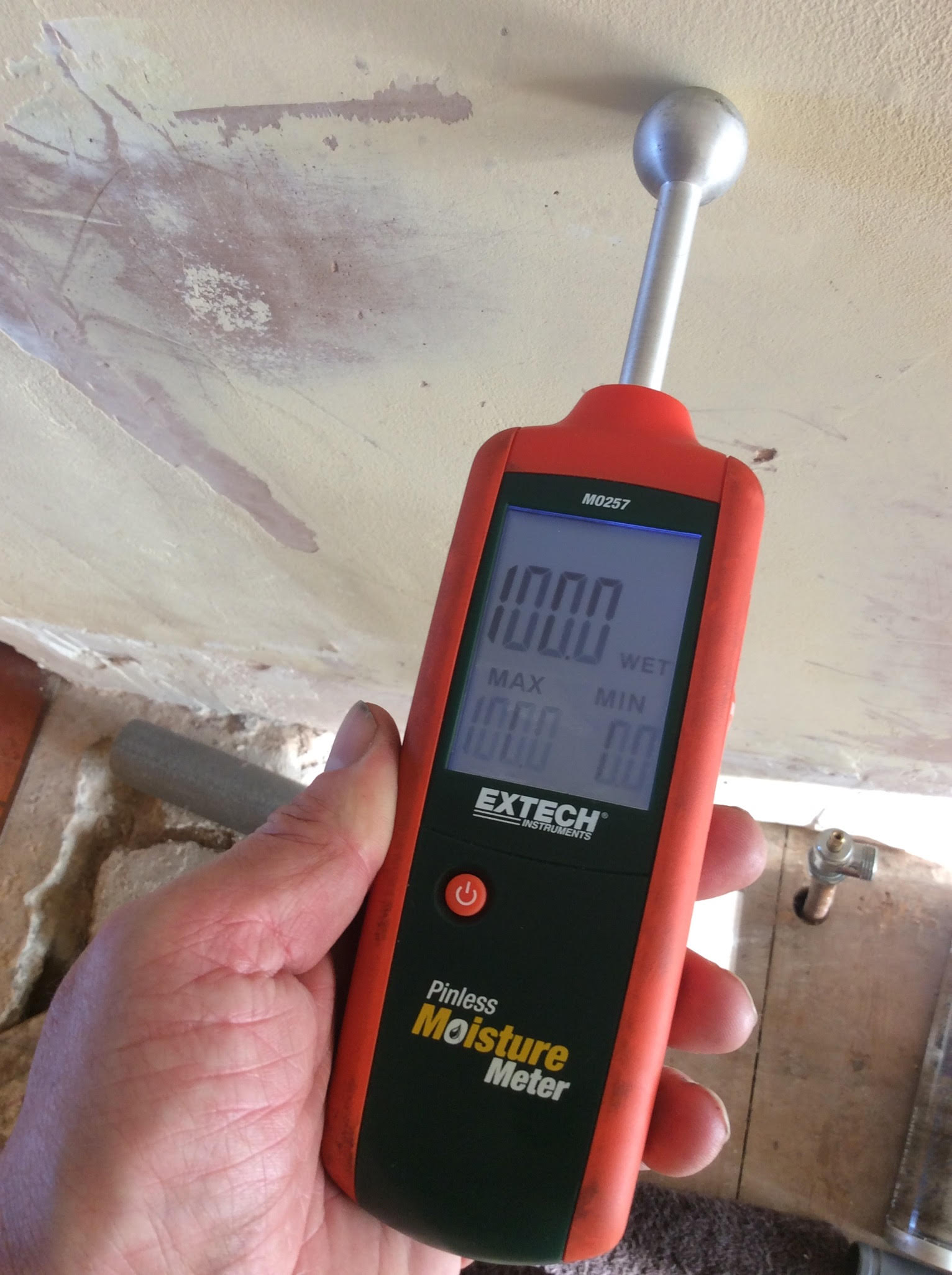Water Leak Detection: How to Determine and Fix Leaks Before They Create Damages
Water Leak Detection: How to Determine and Fix Leaks Before They Create Damages
Blog Article
Innovative Solutions for Very Early Detection of Water Leakages in Structures and Infrastructure
From cutting-edge leakage discovery modern technologies to the implementation of IoT sensing units for real-time surveillance, the landscape of leak prevention is evolving quickly. Automated water flow analysis systems are improving how leakages are recognized and resolved, leading the way for an aggressive approach to water leak discovery.
Advanced Leakage Discovery Technologies
Advanced leakage discovery innovations, outfitted with cutting-edge sensors and formulas, play an important function in quickly recognizing and pinpointing water leaks in various setups. These technologies employ a combination of acoustic, thermal, and electro-magnetic sensing methods to detect leakages properly. Acoustic sensors detect the noise of escaping water, permitting for precise localization of the leak source. Thermal imaging finds temperature level modifications triggered by water leak, offering another effective method for leak identification. Electromagnetic sensing units can determine adjustments in electromagnetic areas triggered by water, offering yet one more layer of leakage detection ability.

IoT Sensors for Real-Time Surveillance
In the world of contemporary water leakage discovery, the integration of IoT sensors for real-time tracking stands for a critical advancement in enhancing positive leak discovery abilities. These sensing units offer constant monitoring of water systems, offering real-time data on water flow rates, pressure variants, and temperature modifications. By leveraging IoT modern technology, these sensing units can detect even the tiniest abnormalities in water use patterns, enabling very early identification of potential leaks before they intensify right into major issues.
IoT sensing units transmit data to a central system, where innovative algorithms evaluate the information and produce notifies or notices when abnormalities are found. This real-time surveillance ability enables homeowner or center managers to quickly attend to leakages, minimizing water damages, minimizing repair work costs, and conserving water resources.
In addition, IoT sensing units can be integrated with structure administration systems, permitting computerized responses to spotted leaks, such as turning off water valves or turning on pumps to alleviate the impact of leakages. In general, the application of IoT sensors for real-time surveillance considerably enhances the performance and efficiency of water leak discovery in buildings and infrastructure.
Machine Learning Algorithms for Leakage Forecast

One secret benefit of making use of artificial intelligence for leak forecast is its capacity to continually discover and boost its accuracy with time. As even more data is collected and fed into the formula, it can fine-tune its forecasts and adjust to transforming problems, ultimately increasing the integrity of leakage detection systems.
Furthermore, equipment understanding algorithms can help in identifying subtle signs of leakages that might go unnoticed by traditional monitoring methods. water leak detection. By evaluating intricate information embed in real-time, these formulas can give early cautions and published here notifies, permitting timely treatment and preventive upkeep to alleviate potential water damages and linked costs
Using Thermal Imaging for Leakage Detection
Thermal imaging modern technology uses a promising strategy for finding water leaks in different systems and frameworks. By utilizing infrared radiation and temperature level differences, thermal imaging cams can identify covert leaks that are not easily visible to the naked eye.
Among the crucial benefits of thermal imaging for leak discovery is its non-intrusive nature. Unlike standard techniques that might need damaging right into walls or floors to find leaks, thermal imaging enables for non-destructive screening. This not just conserves time and reduces costs yet additionally lessens interruption to the structure or infrastructure being examined. Furthermore, thermal imaging can promptly check big locations, giving a comprehensive overview of prospective leak sources in a prompt way. Overall, the usage of thermal imaging innovation improves the performance and precision of water leakage discovery, making it a useful device for keeping the honesty of buildings and facilities.
Automated Water Circulation Analysis Solutions
How can computerized water flow analysis systems change the discovery and administration of leaks in numerous systems and infrastructures? Automated water circulation analysis systems supply a proactive strategy to leak detection by constantly checking look at more info water flow rates and patterns. By developing standard data, these systems can promptly recognize deviations that might suggest a leakage, making it possible for timely treatment to stop substantial damage.
These systems make use of sophisticated formulas to analyze real-time information and give prompt notifies when anomalies are found, permitting quick activity to be taken. Furthermore, automated water circulation analysis systems can be integrated with building management systems or IoT systems, enhancing overall performance and making it possible for remote surveillance capabilities.
In addition, the information gathered by these systems can be used for anticipating upkeep functions, assisting to determine possible weak points in the facilities before leakages occur. Overall, the application of computerized water flow analysis systems can significantly boost leak discovery and management techniques, ultimately resulting in cost savings, minimized water wastefulness, and increased sustainability in buildings and infrastructure.

Conclusion
In verdict, the integration of innovative leak discovery technologies, IoT sensors, equipment learning algorithms, thermal imaging, and automatic water circulation evaluation systems provides cutting-edge options for very early detection of water leakages in buildings and infrastructure. These technologies make it possible for real-time surveillance, forecast of leakages, and reliable detection techniques to avoid water damage and wastage. Applying these solutions can help in preserving the honesty and sustainability of water systems in different setups.
Report this page